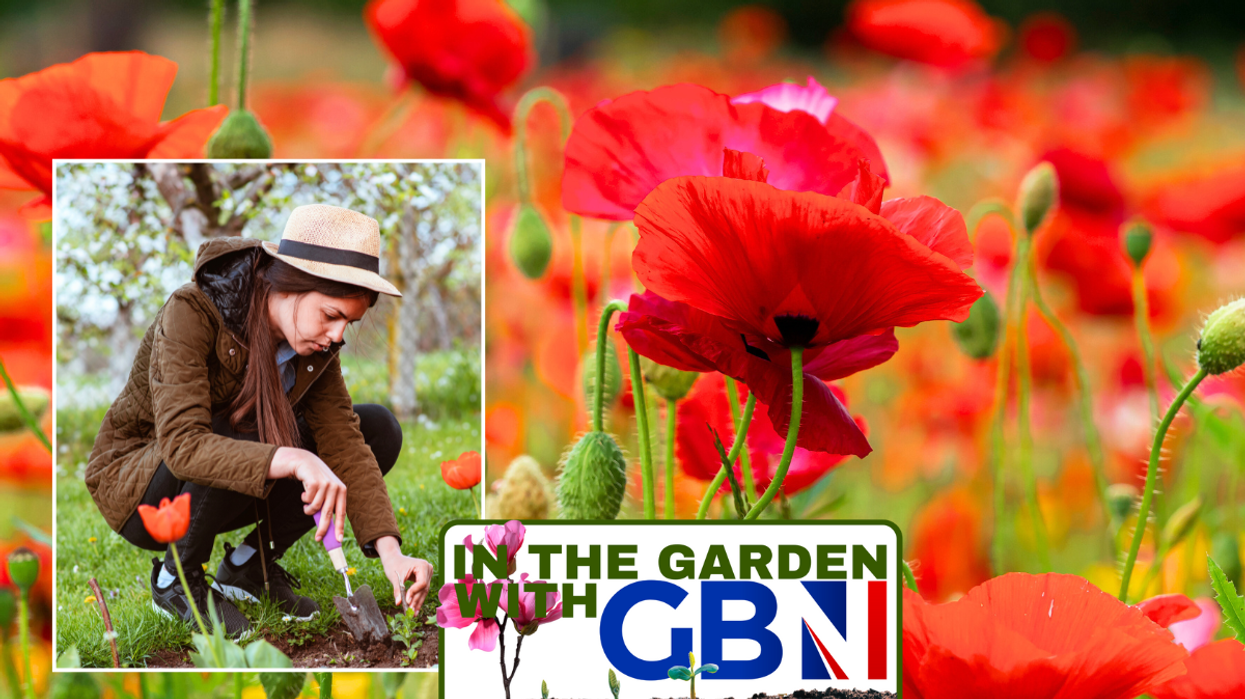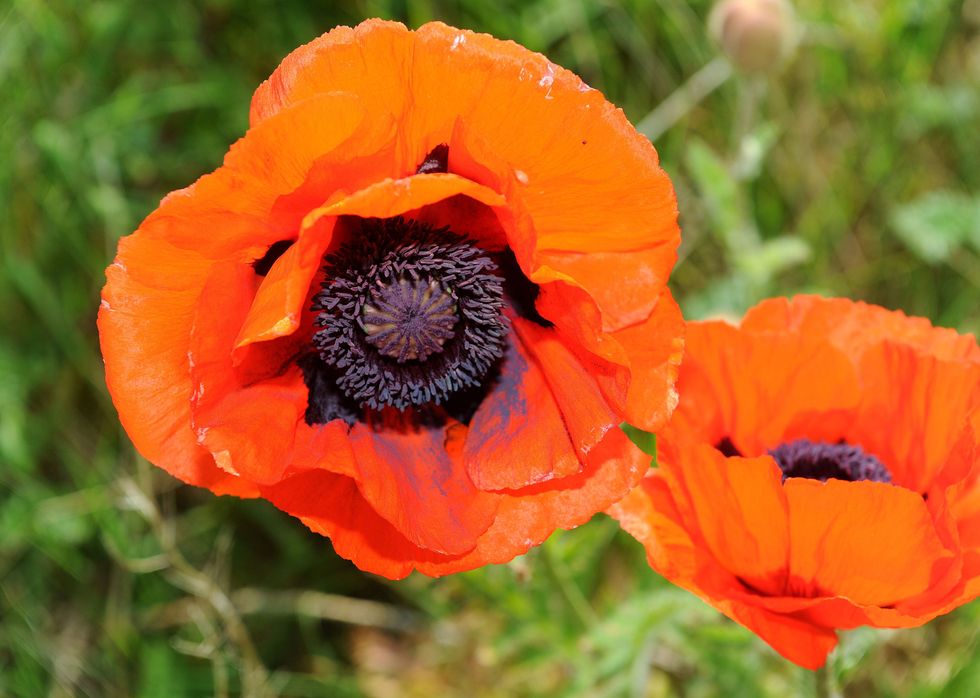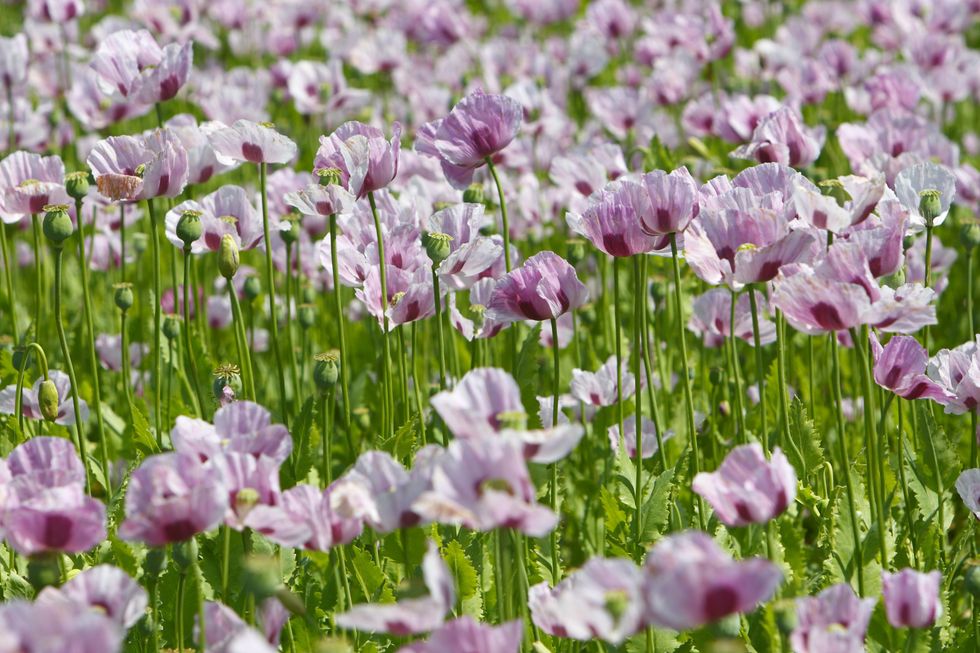In the garden with GB News: Poppies - everything you need to grow and care for poppies in your garden

Poppies can add colour to your garden
|GETTY/PA

GB News is sharing everything you need to know about how to help the plants in your outdoor space succeed. This week, we look at the best way to grow and look after poppies in your garden
Don't Miss
Most Read
Poppies are symbolic flowers associated with Remembrance Day and they can also make a beautiful display in your garden.
Some people choose to grow poppies in their outdoor space and GB News shares the best tips to help you grow and maintain the flowers.
Everything to know about caring for poppies
Planting
While people often think of poppies being red, they come in a range of colours that can brighten up your garden.
The best time to plant poppies is when conditions are slightly cooler, so autumn is a good option. Look to plant these in areas of the garden that get plenty of sun and where the soil is well-drained.
Founder of online gardening site All That Grows Sally Allsop told GB News: "In the UK, the optimal time to sow poppy seeds is typically in the autumn, between September and November. This allows the seeds to germinate and establish strong root systems before the winter months.

The best way to grow poppies has been shared
|PA
"Poppies thrive in well-drained, sunny locations. When selecting a planting site, consider the soil composition and ensure it is not too heavy or waterlogged. If your soil is quite poor or damp, you can use compost mixed with sand to help improve drainage and create the ideal growing environment."
Plant these by spreading seeds across the soil, ensuring they only have minimal soil coverage. Sally continued: "For most varieties, you should gently scatter the seeds over the prepared soil and lightly rake them in, ensuring they are not buried too deeply. Poppies require minimal soil coverage, with the seeds only needing to be pressed into the surface.
"Water the area gently but thoroughly after sowing, and continue to keep the soil moist for the next two to three weeks."
How to look after poppies in the garden
It is important to ensure poppies have the best conditions for growing throughout the year, so check that soil is well-drained and that they are getting plenty of sun exposure.
"Poppies prefer well-drained, sandy soil that's on the drier side. They also love full sun exposure, so make sure to plant them in a spot that gets at least six hours of direct sunlight per day," Sally explained.
"Avoid areas with heavy clay soil or excessive moisture, as this can lead to root rot. Water your poppies regularly, especially during dry spells, but be careful not to overwater. A good rule of thumb is to water when the top inch of soil feels dry to the touch.
"Avoid getting water on the foliage, as this can lead to fungal diseases. Poppies are light feeders, so a light application of a balanced, slow-release fertiliser in early spring is usually enough to make your poppies thrive.
"To encourage your poppies to bloom further you should regularly deadhead snipping off the spent flowers. This will redirect the plant's energy into producing new buds.
"Poppies, if left to their own devices, will self-seed for the following year, but you can also give them a helping hand. Wait until the seed pods go brown and then shake all the seeds out over your planting site. Rake them in and give them a light watering and you’ll find you’ll get poppies popping up the following year."
LATEST DEVELOPMENTS

Poppies come in various colours
|PA
Poppy care timeline
Founder of First Saturday Lime Jana McDaniel shared advice for the gardening jobs to do in each season.
Spring
"Sow seeds or transplant nursery seedlings. Amend the soil with well-rotted compost or manure. Ensure proper spacing between plants for optimal air circulation."
Summer
"Regularly deadhead spent blooms to promote new flower formation. Provide consistent moisture, especially during hot, dry periods. Stake taller varieties if needed."
Autumn
"After flowering, allow the seed pods to dry on the plant. Collect the seeds for next year's sowing or let them self-sow for a natural look. Cut back spent foliage."
Winter
"In mild climates, sow seeds in late fall for early spring blooms. In colder regions, protect the soil with a thick layer of mulch to insulate the roots."
For more gardening tips, take a look at GB News' guide for how to successfully grow tomato plants. We have also shared everything you need to know for long-lasting perennials.










